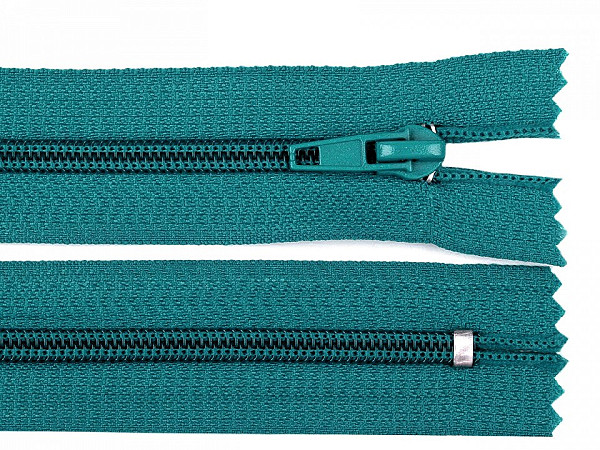
Zippers are an indispensable part of haberdashery wholesaler. You can find them not only on clothes, but also on suitcases or sports equipment. Although the zipper (or zipper) has only recently been patented, it has become a very popular linker. Each zipper consists of three parts - a slider and two toothed belts that fit together. The belts are composed of a number of special teeth that have curved ends, which allows them to be more cohesive and strong. Some zippers complement clothes and accessories not only from the practical part, but also from the visual one.
■ closed-end nylon invisible zippers No 4 YKK
■ Metal Closed-end Zippers No 4
■ Metal brass zippers No 5 for leather jackets
■ Metal zippers No 3, closed-end
■ metal open-end zippers No 5 YKK
■ Metal Open-end Zippers No 5, Double sliders / Two-way
■ metal open-end zippers No 5; 2 sliders / two-way YKK
■ Nylon / Coil Closed-end Zippers No 3, Pinlock
■ Nylon / Coil Closed-end Zippers No 3, Invisible
■ Nylon / Coil Closed-end Zippers No 3, Invisible, Dederon
■ Nylon / Coil Open-end Zippers No 7, Silver teeth
■ Nylon / Coil Open-end Zippers No 7, Waterproof
■ Plastic Open-end Zippers No 3
■ Plastic zippers open-end No 5
■ Plastic Open-end Zippers No 5, Square teeth, No 4 Rhinestone
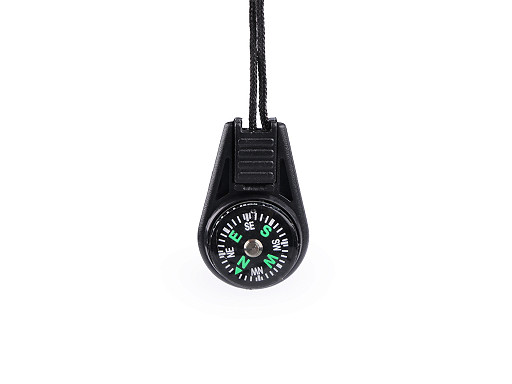
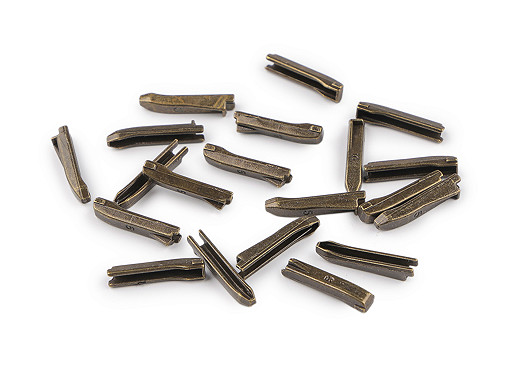

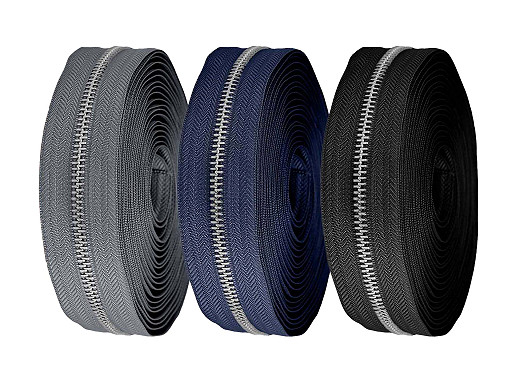

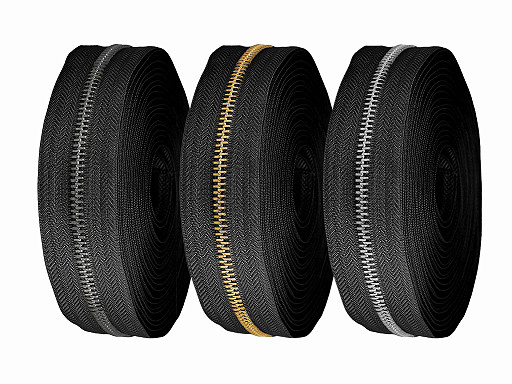

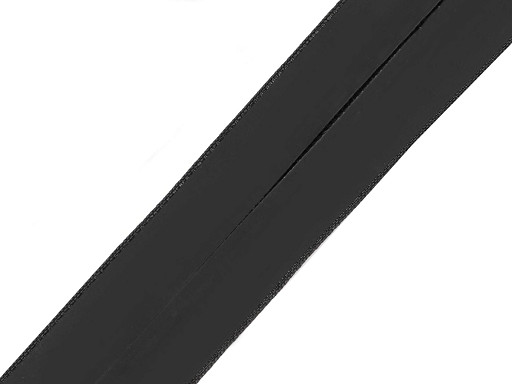

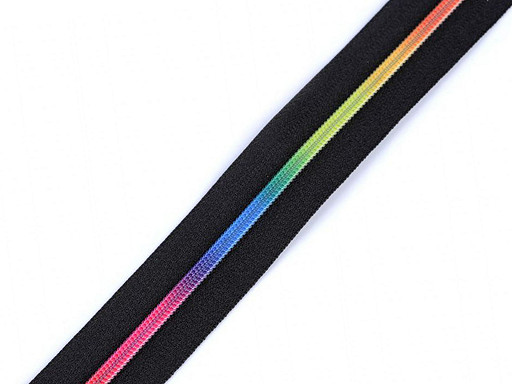

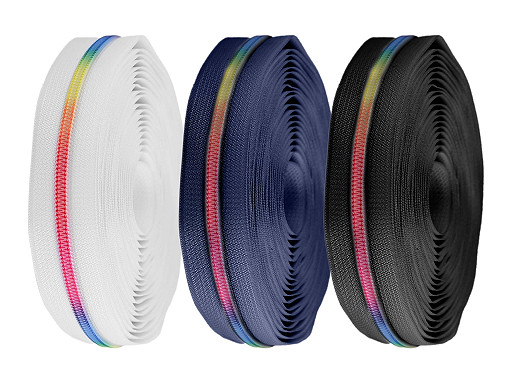

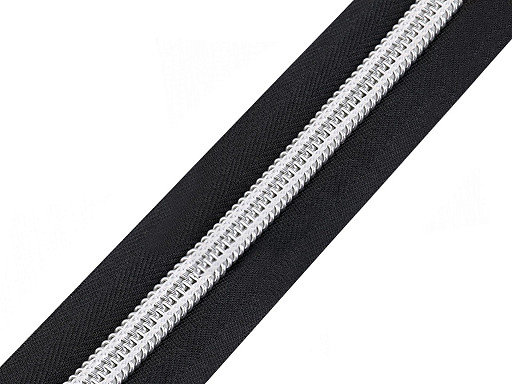

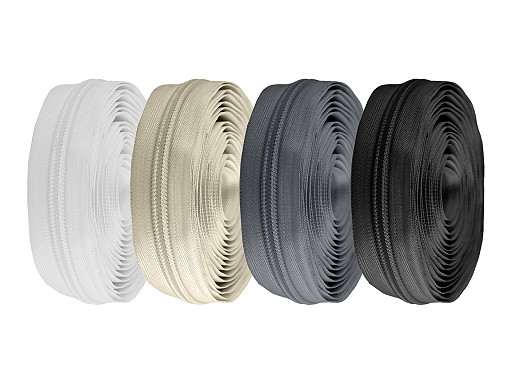

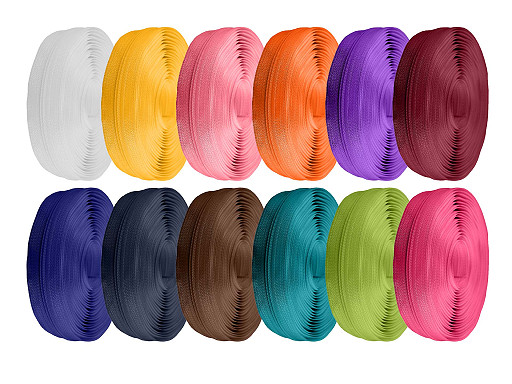
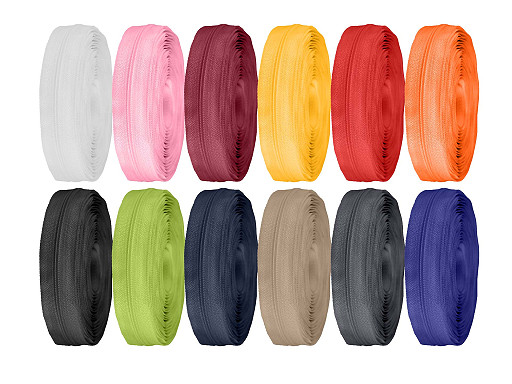


Zippers or zips are commonly used devices for temporarily joining two edges of fabric. They are mostly used on garments but their function is more universal (on rucksacks, suitcases, sport equipments, camping tools.
Zipper consists of three parts - zipper and two strips of fabric tape, each affixed to one of the two pieces to be joined, carrying from tens to hundreds of specially shaped metal or plastic teeth. Teeth are bent at their end, which makes them firmer.
Ancestor of modern zipper was patented as an Automatic, Continuous Clothing Closure in the U.S.A. in 1851. This invention couldn´t be utilized in practical use and that´s why it has been never introduced on market. Whitcomb L. Judson patented similar device, known as Clasp Locker for quicker fastening of shoes (1891). Really modern zippers have been appearing sice 1913 (patented 1917) and their creator was Gideon Sundback.